calsfoundation@cals.org
Plainview (Yell County)
| Latitude and Longitude: | 34°59’22″N 093°17’51″W |
| Elevation: | 423 feet |
| Area: | 1.46 square miles (2020 Census) |
| Population: | 467 (2020 Census) |
| Incorporation Date: | August 28, 1907 |
Historical Population as per the U.S. Census:
|
1810 |
1820 |
1830 |
1840 |
1850 |
1860 |
1870 |
1880 |
1890 |
1900 |
|
– |
– |
– |
– |
– |
– |
– |
– |
– |
– |
|
1910 |
1920 |
1930 |
1940 |
1950 |
1960 |
1970 |
1980 |
1990 |
2000 |
|
853 |
980 |
654 |
704 |
637 |
548 |
677 |
752 |
685 |
755 |
|
2010 |
2020 |
|
|
|
|
|
|
|
|
|
608 |
467 |
|
|
|
|
|
|
|
|
The city of Plainview began in the early twentieth century as a lumber town. Since the decline of the timber industry, the city has struggled with various problems, including industrial pollution, but it remains home to more than 600 citizens in the twenty-first century.
Plainview is in the forested hills of Yell County near the Petit Jean River. Prior to the Civil War and Reconstruction, the area was sparsely populated. Most of the residents were subsistence farmers, although the farmers also sold wheat, corn, hogs, and cattle. A ferry crossing on the Petit Jean River was established around 1876. Samuel and Augustus Ward both owned land near the river, and a settlement called Ward appears on some maps. Two school districts operated in the area, called Sunlight School and Mount Carmel. In 1879, a post office called Balloon was established in the area.
The Ward’s Crossing Bridge was completed across the Fourche La Fave River in 1905, improving transportation in the area. Almost immediately, the city of Plainview sprang to life. Reportedly named by W. W. Gardener (or Gardner), Plainview became home to a sawmill of the Fort Smith Lumber Company. The city was incorporated in 1907 (the post office’s name was changed from Balloon to Plainview the same year), and the population was 853 by 1910 and nearly 1,000 by 1920 (although some sources claim a peak population of 2,500 around that time). The city by then had a Baptist church, a Methodist church, a four-room schoolhouse, two banks, two drugstores, a train depot, and a hotel that was built by the lumber company. A newspaper published in Plainview was officially named the Fourche Valley Herald but was identified by most of its customers as the Plainview Herald. A shortline railroad, built by the lumber company, connected Plainview to Ola (Yell County).
When all the trees were harvested, the lumber company closed the sawmill and hotel and moved farther west. The city remained. The Plainview United Methodist Church and First Baptist Church were both founded by 1910. A Civilian Conservation Corps (CCC) camp was built near Plainview during the Depression. Reportedly, the bank of Plainview was the only bank in Yell County capable of responding to the demands of its depositors. The bank also made generous loans to the Farmers’ Union, enabling cotton farmers to warehouse their crop while waiting for prices to improve.
Construction of the Nimrod Dam on the Fourche La Fave River provided jobs to Plainview workers in the early 1940s. Since that time, the city’s proximity to Lake Nimrod and to the Nimrod Station Wildlife Management Area has provided some economic support to the city. All the same, by the early 1970s, the city desperately needed a new water system that it could not afford in order to remain viable.
Two lumber treatment plants operated in Plainview until the 1980s. Mountain Pine Pressure Treating closed in 1986, and Plainview Lumber Company closed the same year, although it attempted briefly to reopen in 1989. The businesses used hazardous chemicals, including pentachlorophenol (PCP), which contaminated the earth and groundwater of the area. The federal Environmental Protection Agency (EPA) declared the area a Superfund site and conducted cleaning operations beginning in 1987 and continuing until 2005. The site has since been declared safe.
Plainview has three sites on the National Register of Historic Places. The Ward’s Crossing Bridge was listed in 2008. The Mountain View Farm, built in 1917, was listed in 1996. The Evans-Neuhart Home was listed in 2014.
For additional information:
Banks, Wayne. History of Yell County, Arkansas. Van Buren, AR: The Press-Argus, 1959.
“Plainview Needs a Water System Soon or ‘It Will Die,’ Mayor Says.” Arkansas Gazette, October 10, 1971, p. 21A.
Smith, Kenneth L. Sawmill: The Story of Cutting the Last Great Virgin Forest East of the Rockies. Fayetteville: University of Arkansas Press, 1986.
Yell County Historical and Genealogical Association. Yell County Heritage: A History of Yell County, Arkansas. Bedford, TX: Curtis Media, Inc., 1997.
Steven Teske
Butler Center for Arkansas Studies
 Civilian Conservation Corps Camp
Civilian Conservation Corps Camp 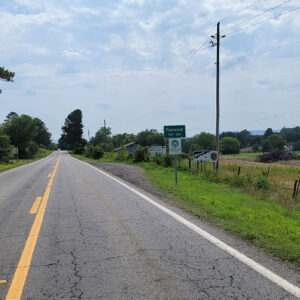 Entering Plainview
Entering Plainview 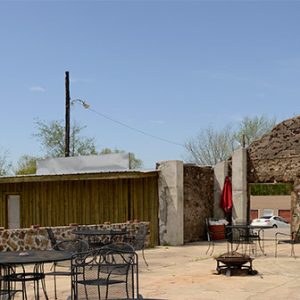 Plainview
Plainview 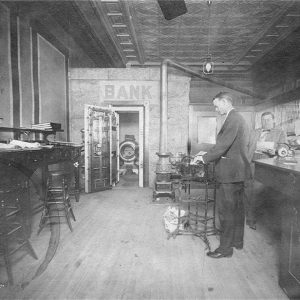 Plainview Bank
Plainview Bank  Plainview Bank
Plainview Bank 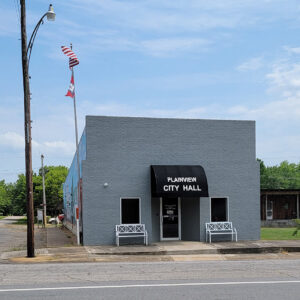 Plainview City Hall
Plainview City Hall 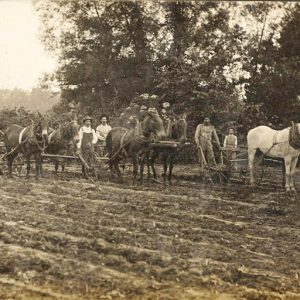 Plainview Farmers
Plainview Farmers 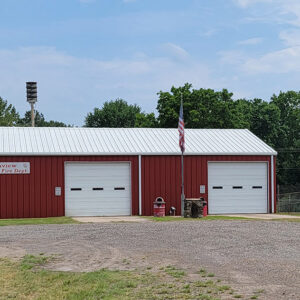 Plainview Fire Department
Plainview Fire Department  Plainview Street Scene
Plainview Street Scene 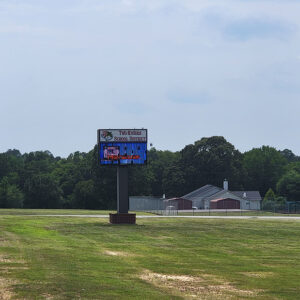 Two Rivers School District
Two Rivers School District 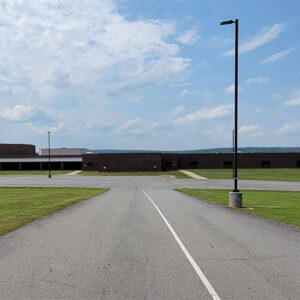 Two Rivers School District
Two Rivers School District 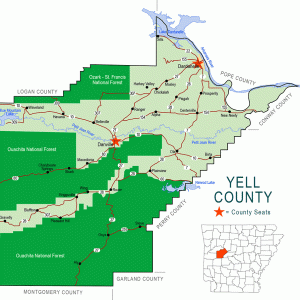 Yell County Map
Yell County Map 




Comments
No comments on this entry yet.